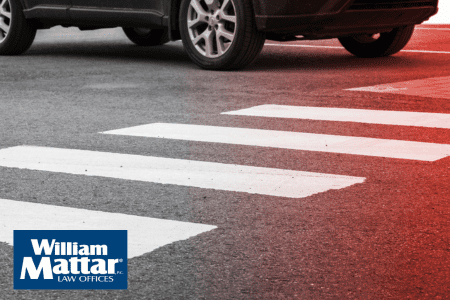

(844) - 444-4444

Self-driving or “automated” cars are groundbreaking. With a focus on passenger safety and reducing car accidents, the technology behind autonomous driving is rapidly developing. What does AI mean for self-driving cars? Is it the key to fully autonomous driving?
There are a few AI features that are already incorporated in vehicles and into working prototypes.
Features such as blind spot monitoring, emergency braking, cross-traffic detectors, and backup cameras are already in some newer model cars. Other features can detect an emergency to alert the driver or allow the car to take emergency control of the vehicle to avoid a collision.
Current vehicle technology already allows automation of the mechanical function of cars – most systems are computer-based, with the direction coming from the driver, according to the input that the driver receives visually for the road. Moving from algorithms that follow set rules, such as those used for mechanical automation, to a driverless vehicle means that AI capable of learning and adapting.
According to some reports, Tesla incorporates cameras and a host of ultrasonic sensors to gather sensory input for their automated vehicles. These, coupled with sonar and forward-facing radar, give a more complete picture of all the elements that can affect safe driving. These all feed input into an AI system that controls the vehicle.
Google has a similar bundle of equipment, under its trademarked Waymo AI program. The AI uses learning algorithms to predict the behavior of those around the automated vehicle. Pedestrian behavior, anticipating whether or not a stalled car will be moving again, and even checking for pets or deer to dart in from of the car are all part of the Waymo program.
The responsibility of someone in an AI vehicle for a collision may not be theirs at all. If a car operated fully using AI crashes, then the case could be made that the manufacturer could be held responsible. In cases where there is partly AI and partly driver-input, then the responsibility for an accident gets murky. In these cases, plenty of documentation, from a police report to witness statements and maintenance records from the car itself can all help your personal injury attorney determine who is at fault, and responsible for damages you are entitled to.
AI can do more than just drive your car for you. In the event of a collision, in the future, it may even speed up the insurance claims process. Chinese manufacturers are piloting a program that allows a driver to submit their insurance claim on the spot of an accident and inputs data from the vehicle when the claim, including how fast the cars involved in the wreck were going, as well as any external elements that could have influenced the crash.
If you suspect you were hurt, you should always seek medical attention and file a police report after a wreck, even if there doesn’t appear to be damage to your car. The at-fault driver, no matter how much AI technology their car has, still has the responsibility to pay your medical bills and repair your own vehicle. An experienced personal injury attorney like William Mattar can help you pursue your case, even though the gray areas of AI vehicles. Contact our car accident lawyers today to discuss your case.





